Flower Forms
By John Palka — Posted May 1, 2016
Millions of people around the world grow flowers in their gardens. We give flowers as gifts on special occasions, whether as a simple thank you for an invitation to dinner, or as a sign of congratulations, or as an acknowledgement of bereavement. We associate flowers with love, with joy, with sympathy, with sorrow, with death. Their symbolic power in our lives is immense.
The great Lebanese-American mystic Khalil Gibran wrote movingly about flowers in his poem Song of the Flower. I invite you to read it in its entirety here. In the sampling of verses below, the flower speaks of itself:
I am a kind word uttered and repeated
By the voice of Nature;
I am a star fallen from the
Blue tent upon the green carpet . . .
I drink dew for wine, and hearken to
The voices of the birds, and dance
To the rhythmic swaying of the grass.
I am the lover’s gift; I am the wedding wreath;
I am the memory of a moment of happiness;
I am the last gift of the living to the dead;
I am a part of joy and a part of sorrow.
Gibran captured something essential about the role flowers play in the universe of our feelings. And he did not forget that the flowers we cherish are given to us by nature. They, and the fruits and seeds to which they give rise, are a part of the life cycle of the plants we designate as flowering plants (angiosperms). Though flowers affect us deeply, they are the products of evolution and play their own role in the great web of life. This role is independent of human feelings. Flowers are what they are. Humanity breeds many varieties of flowers to make them yet more affecting to us, but they are nature’s creation, not our own. It seems only right that we should examine them closely on their own terms.
So, from a biological point of view, what is a flower? What are its various components? Why does it have the form, color, odor, and other attributes that it does? What is its place in the great web of life?
A flower is the tip of a growing shoot that is specialized for reproduction. It makes male gametes (sperm) that are contained within pollen grains, and female gametes (eggs or ova) that are contained within ovules. The pollen grains are designed for dispersal, the ovules stay in their original location and form the seeds for the next generation, lodged within the plant’s fruits. In the broadest sense, a flowering plant’s reproductive system resembles that of an animal though, as we shall see in other posts, it is also different and considerably more complex.
What are a flower’s main components? In part based on fossil evidence, plant scientists consider all of the components to be modified leaves, arranged in a series of rings around the tip of a stem. (It is an interesting fact of scientific history that this idea was first proposed on the basis of anatomy by the great German poet and scientist Johann Wolfgang von Goethe in 1790, well over two centuries ago.) The ring that most often catches our eye is the ring of petals, especially when they are large, showy, and brilliantly colored. But a more careful look reveals that the petals form only one of four rings of leaf-derived reproductive parts. Here are the rings in sequence, starting with the lowest one, the one that is farthest from the tip:
- Sepals: These are usually the most leaf-like, and most often serve to protect the flower, especially before it has fully opened.
- Petals: These are usually the showiest, functioning in attracting pollinators.
- Stamens: These are slender filaments topped with pollen-containing anthers.
- Pistils: These tri-partite structures have an ovary at the base, an elongate style, and a sticky stigma at the tip. Pollen grains germinate on the stigma, the resulting pollen tubes grow down through the style, and one of the sperm nuclei contained within a pollen tube fertilizes the waiting egg cell.
There are many variations on this structural theme, some simple and some amazingly complex. A simple one is pictured below, a wild Nootka rose (Rosa nootkensis, family Rosaceae) on Ebey’s Bluff on Whidbey Island. You can see the concentric arrangement of five pink petals; numerous anther-tipped stamens fanning outward; and, less distinctly, a cluster of stigmas in the center. The five modest, green sepals are out of view under the petals.
In some flowers, however, the sepals are not like small, green leaves but participate in the ornamental structure of the flower. For example, in the wild columbine (Aquilegia canadensis, family Ranunculaceae) below, grown in the Minnesota Arboretum, the sepals are the pointy structures situated between the elaborate, spur-bearing petals and colored similarly to them. The spurs produce nectar that serves as a reward for pollinating insects.
Sometimes both the sepals and the petals are even more highly modified. Members of the orchid family, for example, are famous for their intricate flower structure and specialized pollination systems. The three striped sepals in this yellow lady’s slipper (Cypripedium canadensis, family Orchidaceae), also native to Minnesota, radiate out from the center and frame the “slipper,” a single highly modified petal that far outshines the other two, seen here just as little wings at the base of the slipper.
In yet another variation, members of one or another ring fuse together, as in this bluebell of Scotland (Campanula rotundifolia, family Campanulaceae) photographed in the Olympic Mountains of Washington. Because of the angle of the photograph, the modest and unfused sepals at the base of the flower are clearly visible, but the stamens are not.
Flowers can be aggregated with one another in a variety of ways. One of the most extreme is the arrangement of hundreds of individual flowers so as to form an excellent imitation of a single flower, with petals around the outside and functional reproductive parts on the inside. This is the unifying characteristic of the aster family (Asteraceae). There are many variations on this theme of specialization within an organized whole (dandelions, sunflowers, zinnias, and many, many others), and correspondingly the Asteraceae are one of the largest plant families, with over 23,000 species and rivaled only by the orchids.
The idea of composite flowers is illustrated below by a black-eyed Susan (Rudbeckia hirta), a great American prairie plant that is sold widely in garden stores. It is growing in our front yard, and a western tree frog (Hyla regilla, recently renamed Pseudacris regilla) has adopted it for a calling perch. Each petal around the outside of the Rudbeckia belongs to a separate flower that is specialized for petal production and is called a ray flower. In most cases its pistil also develops to form egg cells. Each tiny element in the dark center likewise belongs to a separate flower, called a disc flower, specialized for the production of male and female gametes. The flecks of yellow are the remnants of pollen.
Let us close this sampling of flower forms with another spectacular plant, probably familiar to every reader, the tulip (Tulipa, family Liliaceae). Tulips are not native to North America, but to mountainous regions running from the Iberian Peninsula in the west, across North Africa, the Near East, Central Asia, and on to China. They have an amazing history of cultivation. The major growing area in the United States is in the delta of the Skagit River in the state of Washington, where the astonishing spring display draws visitors by the many thousands. The fields are truly a riot of color.
The tulip flower itself exhibits a pattern of threes. The sepals and petals look the same and are called tepals; there are six of them. There are also six stamens, and a three-part pistil. The concentric arrangement is very evident in the photograph below, with two sets of three tepals each alternating in position around the periphery, the elongate and curved anthers next, and the tripartite stigma glowing in the center.
In this introduction, there are many aspects of flower biology that we have left untouched. The relationships between flowers and pollinators are fascinating, as are the stories about what actually attracts the pollinators to their flower partners (see, for example, the post Lanterns of the Western Woods). Some plants self-fertilize, while others have developed elaborate mechanisms to avoid self-fertilization. Even the anatomy of flowers is far more diverse than we have touched on here—consider, for example, the flowers and seeds of grasses, including the cereal grains that we depend on for so much of our sustenance.
We have barely had a foretaste of the wonders of flower biology. Still, remember as you savor these jewels of nature, that they are here for their own sake, not for ours, and that they deserve our respect even as we enjoy their presence in our world.
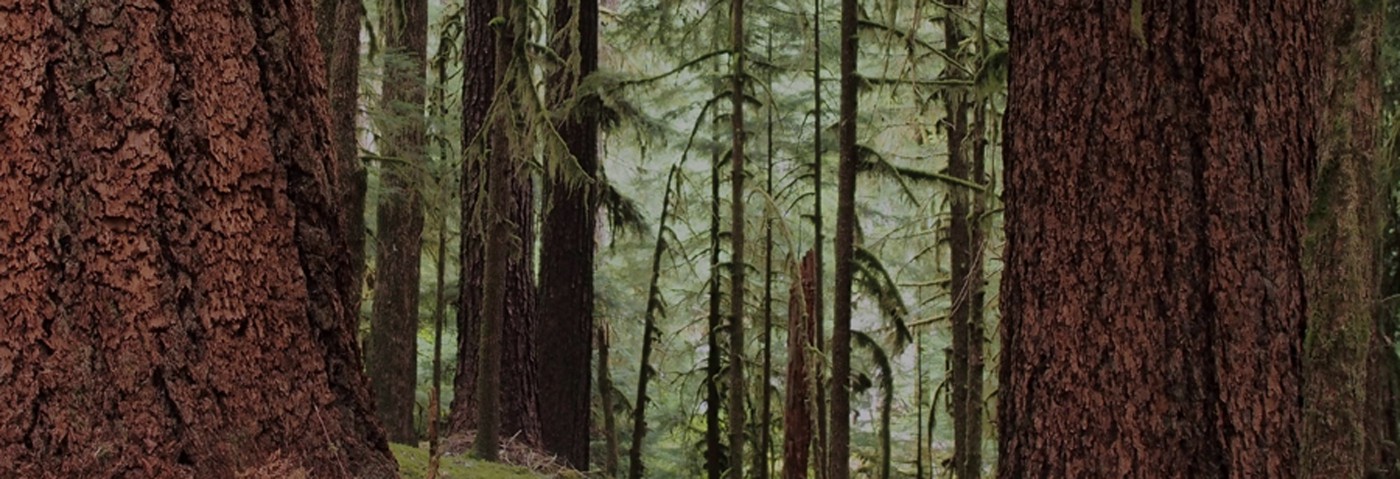
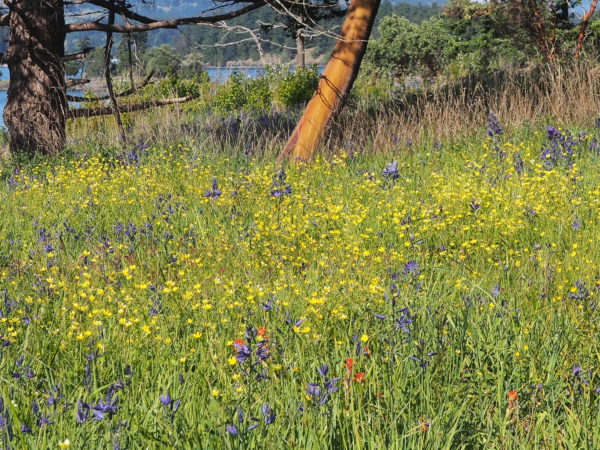
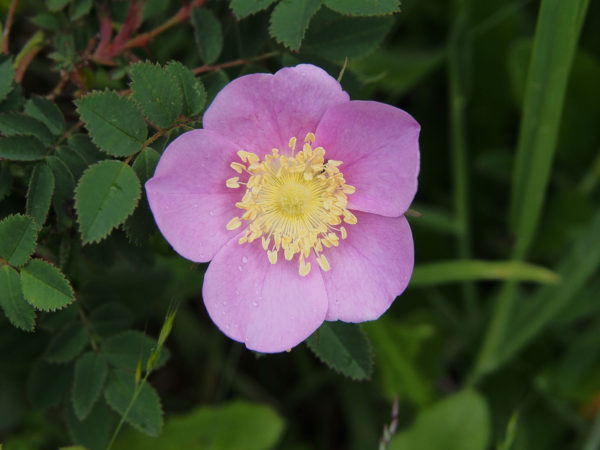
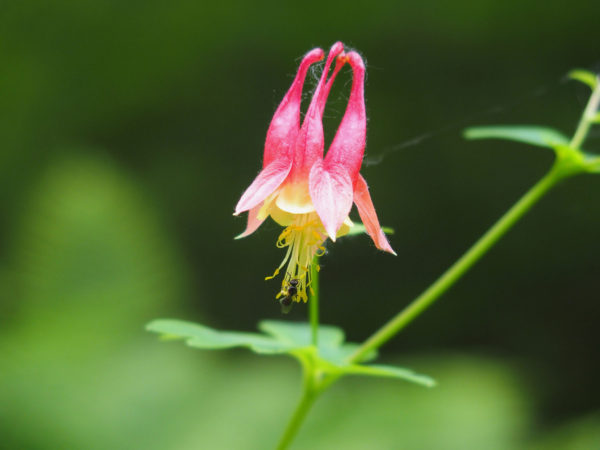
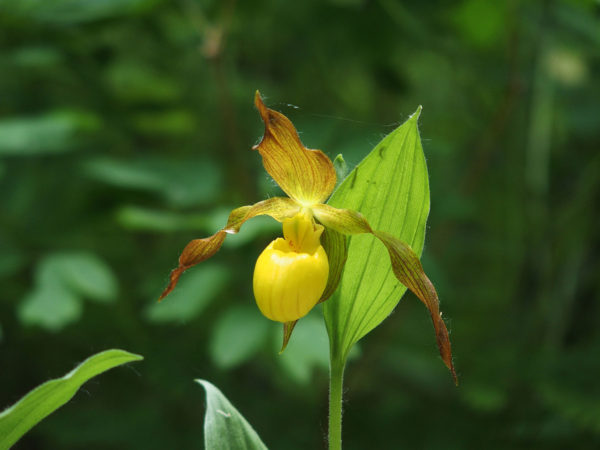
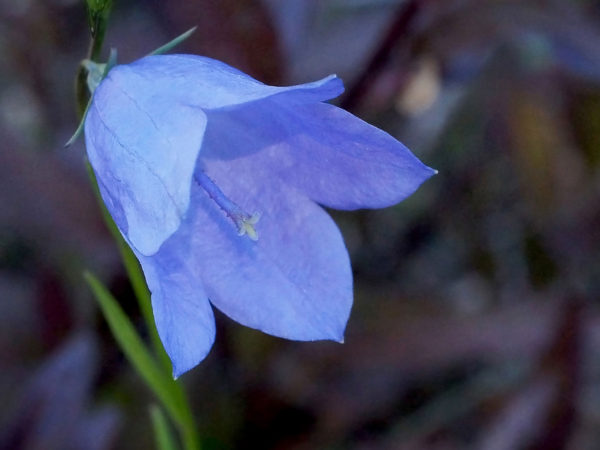
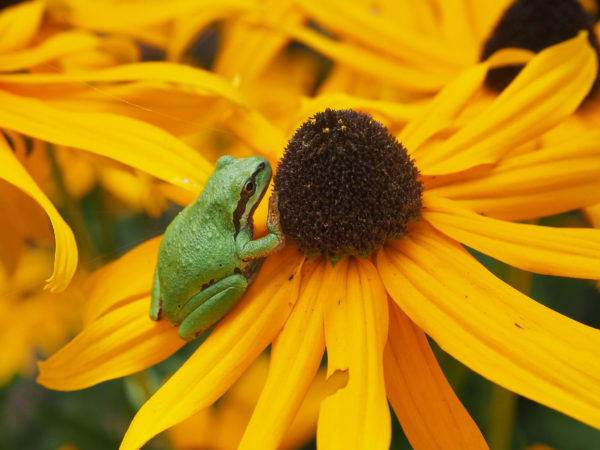
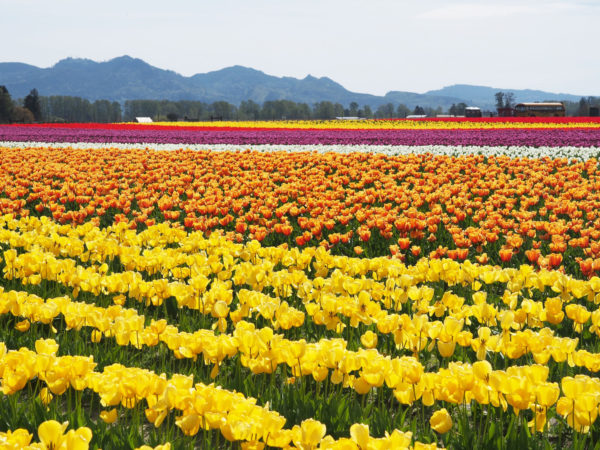
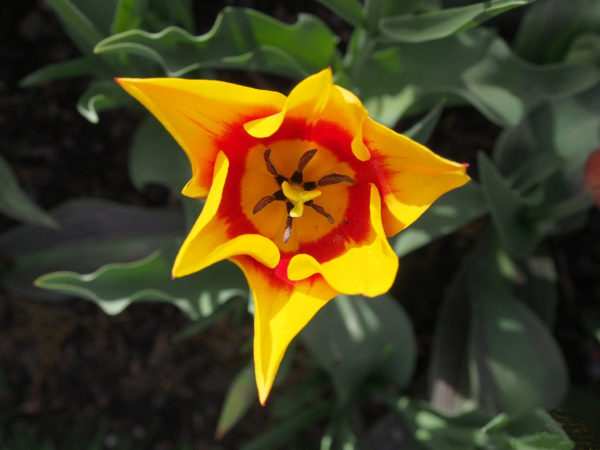
Johnny,
Beautiful words and photos as usual!! Given how much I’m sneezing these past few days, perhaps you could write a post on why such beautiful flowers trigger so many allergies?!!! SEM photos of pollen?
Sue
Thanks, Sue. I have taken up your challenge and tried to get some clear information on why pollen, presumably lodged in the mucus of the respiratory passages and therefore actually outside the body, is so allergenic. I’m sure that answers are available, but I haven’t found any yet!
Hi Johnny… Wonderful!! I have repeatedly been delighted by the expanse of Spring blooms of late..! But… The most striking thing was reading Gibran — it took me back to reading ‘The Prophet’ as a youngster .
Yes, Gibran affected a lot of us!
Nice story, Johnny. I remember when we took Plant Tax together our senior year and made little cards with all the floral formulas. I had forgotten that floral parts are all modified leaves (what else would they be, indeed..) and never thought to look for sepals on tulips. I just looked at some iris and I bet they are the same. So now I have a new vocabulary word, tepals…
You have a great memory!
Beautifully done. Thank you! :o)
Thanks for your warm response, Julie.
world’s first advertising agency
whatever the strategy
the product is sex
an automatic attraction
reproduction campaign
you want to pick me
pick me pick my
snatch of candy tuff
tiny pink petunia
poking peony petals
shiny red tulips
can we be bedmates
impatiens to love lobelia
wiggle your weigela
dangle your dahlia
nuzzle gold narcissus
lavish Queen Anne lace
my pollen sticks to you
like sweet thick talcum
the buyer classes are drifters
fast flitters high flyers
hummers and buzzers
or bugs just nosing around
slogan unique me